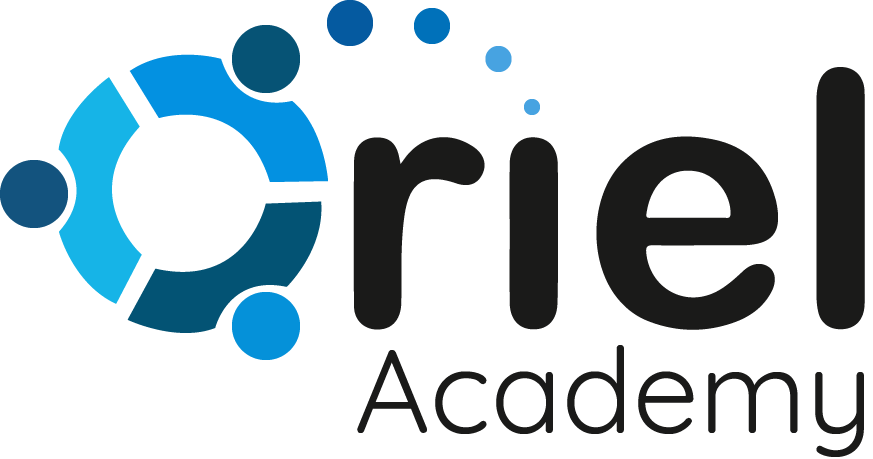The healthcare industry is hectic and rapidly evolving due to the dynamic health conditions of patients; therefore, developing strong, quality relationships between healthcare providers and patients is more critical than ever. Patient Relationship Management (PRM) has become a critical strategy to boost patient satisfaction, enhance health results, and operationalize healthcare more efficiently. PRM is more than scheduling patient appointments or managing medical information—it is about building meaningful relationships and long-term bonds between patients and healthcare professionals. Through a combination of both technology and careful communication, PRM makes sure that healthcare is not merely personalized but also proactive, enabling the patient to be an active part of their health journey. At its core, PRM redefines care as a more patient-focused experience, where both clinical requirements and emotional support are maximized at each phase of care.
Key Components of Effective PRM
- Personalized Communication: There is no such thing as one size fits all in patient care. Customizing interactions based on each patient’s profile—his or her preference, health background, and treatment protocols—guarantees that the communication not only becomes meaningful but also relevant according to the individual needs of the patient. It encourages trust and makes patients feel heard.
- Integrated Health Records: Picture having all of a patient’s medical history, preferences, and information in one accessible place for both the provider and the patient. This integration equips providers for informed decision-making and streamlined care coordination. Forget digging through files or repeating the same questions again and again—everything is housed in a single system that enables smoother, more streamlined care.
- Patient Engagement Tools: Patients today do not merely desire a doctor’s appointment—they want to be active participants in their care. Using tools such as patient portals and mobile apps, patients can empower themselves by booking appointments, reviewing educational materials, and communicating directly with their medical teams. Empowering patients creates increased satisfaction and improved treatment adherence.
- Feedback Mechanisms: Improvement must be ongoing, and healthcare is no different. Having mechanisms for patients to make their voices heard ensures that grievances are resolved expeditiously and that services constantly change to keep pace with those they treat.
Benefits of Implementing PRM
- Improved Patient Satisfaction: When patients perceive that their healthcare experience is timely and personalized, trust and loyalty are a natural consequence, leading to better health and patient retention outcomes.
- Enhanced Health Outcomes: Active, continuous management of a patient’s care—instead of simply responding to problems when they occur—can result in improved adherence to treatment and overall health outcomes. Ongoing contact and education are the best ways to head off trouble before it starts.
- Operational Efficiency: Routine tasks such as appointment reminders or follow-ups can be automated to significantly decrease the administrative workload of healthcare providers, allowing them more time to dedicate to patient care.
Implementing PRM: Best Practices
- Staff training: Effective PRM is about people just as much as it is about systems. Training the staff to communicate and express empathy must take place in order to create positive patient interactions. Programmes such as the BONDING Initiative offered by Oriel Academy provide, among others, the development of soft skills such as active listening and compassion—that’s where their significance will rise with any patient interaction.
- Use of Technology Solutions: Technology is the bedrock of any successful PRM. Healthcare CRM solutions that integrate with EHRs can automatically trigger communications, provide appointment reminders, and deliver tailored health tips to patients for a decidedly more interesting experience.
- Continuous Evaluation: PRM is not a one-time project. It is ongoing, being regularly checked against patient feedback and health outcome metrics to find areas of improvement and ensure that the system attains its purpose.
Challenges and Considerations
While PRM has much to offer, it’s not without its drawbacks. Concerns about data privacy are a significant issue in healthcare, and integration with current systems can at times be complex. There can also be resistance to change in organizations that have traditionally been reactive rather than proactive in their care approach. Addressing these challenges takes a careful, collaborative effort involving training, open communication, and compliance with regulatory requirements.
Conclusion
Patient Relationship Management is an approach, not a strategy—it’s a philosophy that puts the patient at the center of care. By adopting PRM, healthcare stakeholders can establish stronger, more intimate relationships with their patients, which ultimately culminates in improved health results and a more fulfilling healthcare experience for everyone involved.
For organizations that wish to enhance their PRM practices, investing in employee training is crucial. Oriel Academy’s BONDING programme provides healthcare professionals with the skills they require to improve their patient interactions, building trust, empathy, and improved communication.
When PRM is executed effectively, healthcare is no longer merely a transactional activity—it is a transformed, patient-centric experience that fosters not only the physical but also the emotional health of patients.

